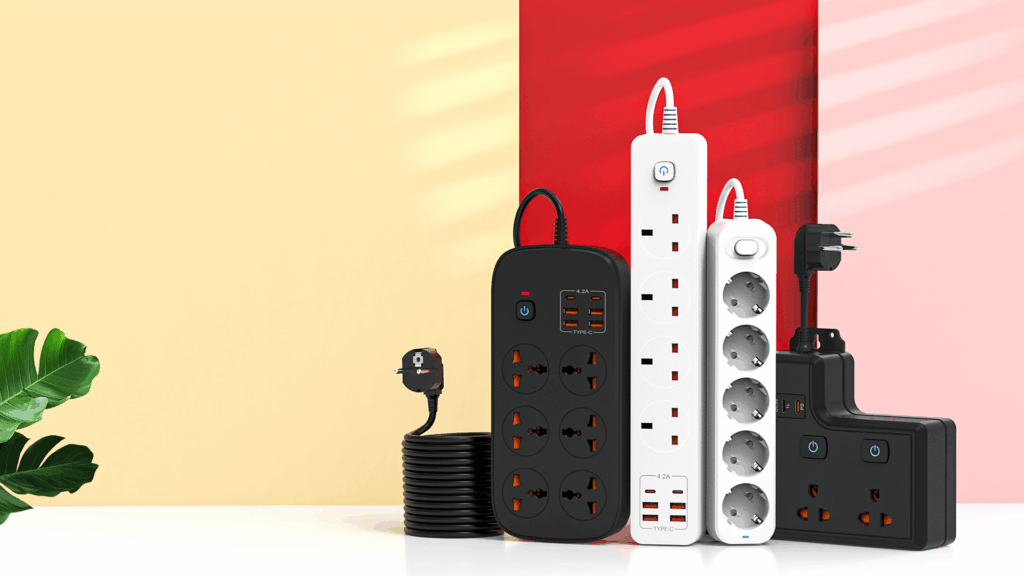Definition of the Mobile Socket Industry
A mobile socket is an electrical device designed to provide additional power interfaces or expand the number of fixed power sockets. It typically consists of a power cord, a plug, and a power strip with multiple socket slots, enabling flexible use in homes, offices, and other environments to meet the power supply needs of multiple appliances.
Modern mobile sockets often feature safety functions such as overload protection and short-circuit protection. Some high-end products also integrate time-delay energy-saving components and timing functions, automatically cutting off standby power to save energy or controlling power on/off based on preset schedules.
In summary, a mobile socket (also known as an extension cord socket, power strip, or multi-functional socket) is a portable power distribution device that enhances convenience and safety by expanding power interfaces.

The Development History of the Mobile Socket Industry
Early 1900s: The popularization of electricity and household appliances led to the emergence of basic multi-outlet sockets.
1950s-1960s: Post-war economic recovery and home appliance industry growth drove the adoption of mobile power cords and multi-socket devices.
1970s-1980s: Introduced safety features (overload protection, child safety shutters) and multi-standard sockets for international travel.
1990s to Early 21st Century: Integrated timers, remote controls, and compatibility with home automation systems.
2010s to Present: IoT technology enabled smart mobile sockets with smartphone control, energy monitoring, and smart home integration.